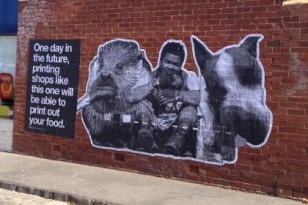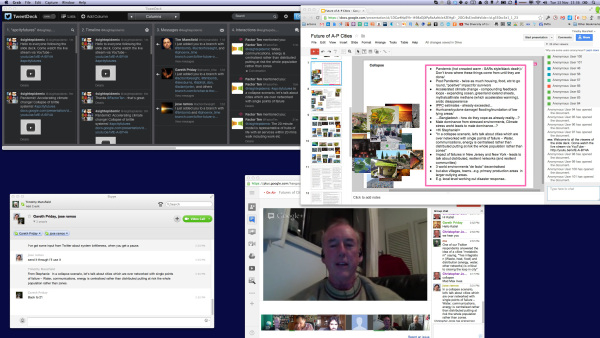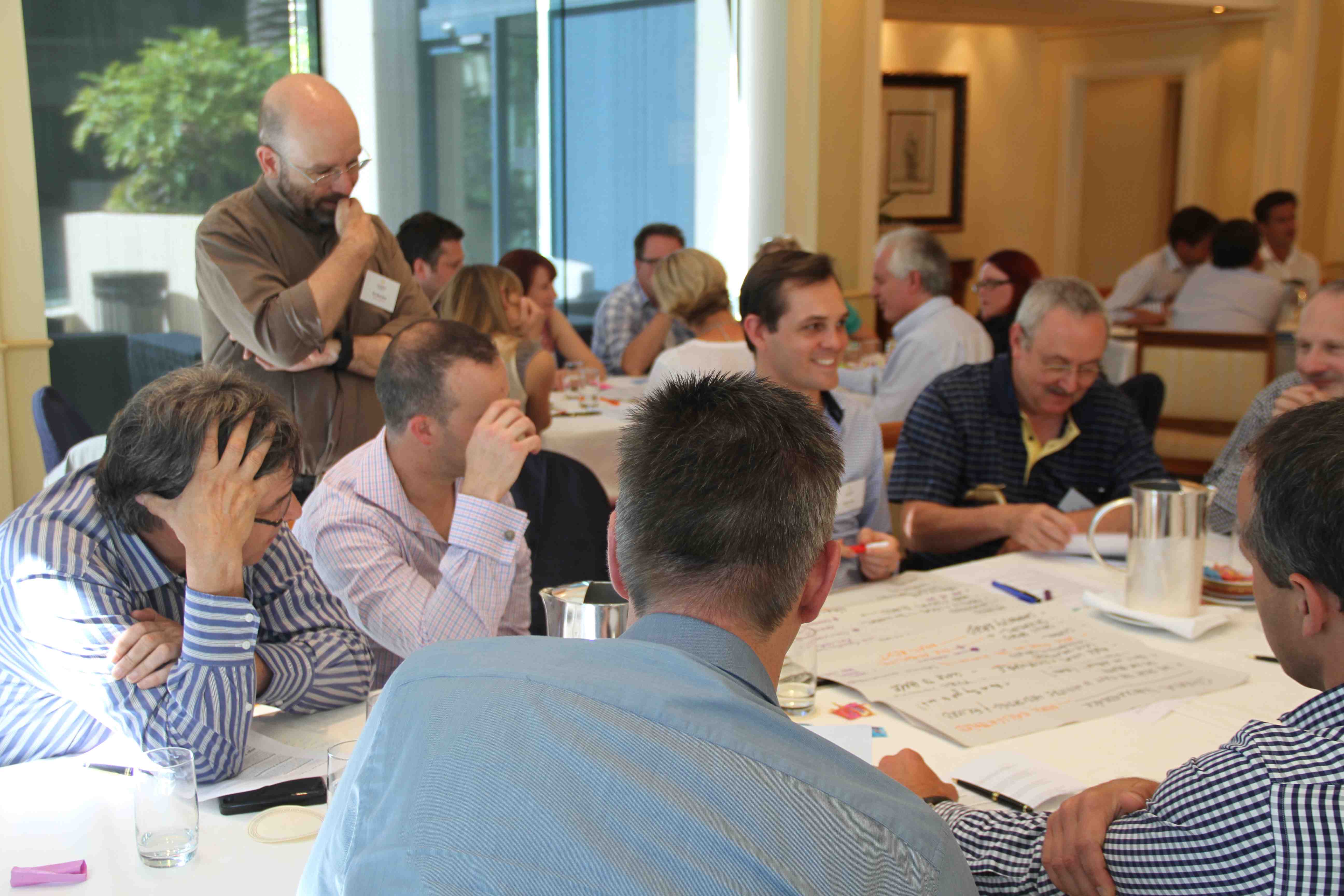Strategic foresight helps people to understand how the future may be different to the present, and how to create a preferred future for their organisations. Anticipating changes in their operating environments allowing for proactive planning, strategy development, risk management, operational agility, innovation and new business development.
Strategic foresight approaches and techniques can be used in a variety of settings. Policy makers want to be able to anticipate changes affecting particular regions,, and develop proactive policy. Corporate and business thinkers need to understand key industry shifts if they wish to develop new strategic intent, business and innovation strategies.
Social development professionals need to understand the challenges that will be faced by communities in the future, and develop action strategies to address these.
Strategic foresight integrates an eclectic mix of thinking and methods, such as forecasting, systems analysis, communications / discourse analysis, organizational psychology, participatory development processes, and organisational learning and development.
Many of our projects use and incorporate strategic foresight approaches.
Our publications in the area of foresight / futures studies include:
Foresight in a Network Era: Peer-producing Alternative Futures
Anticipatory Governance: Traditions and Trajectories for Strategic Design
Forging the Synergy between Anticipation and Innovation: The Futures Action Model
The Futures of Power in the Network Era









